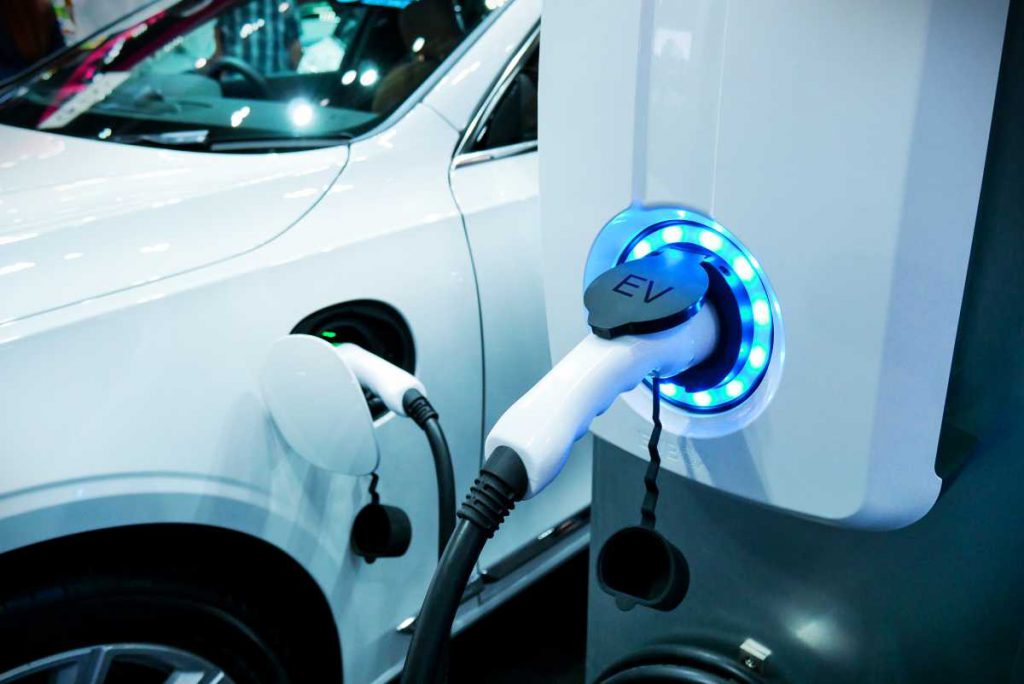The 2021 United Nations Climate Change Conference is taking place in Glasgow, UK. We wanted quickly to go over what it is and what has developed due to its close tie to future transport. Also known as COP26, the two-week event is currently taking place since October 31 and till November 12. World leaders have gathered to push governmental and business changes to combat the growing threat of climate change. The main goals include:
- Securing net zero emissions by 2050. This is targeted at accelerating the end of our reliance on coal and ending deforestation. There is also a huge push in altering the transport industry toward electric vehicles as well as general investment in renewals.
- Protecting communities and natural habitats. There is a huge agenda of not just protecting the ecosystems we all rely on. This means protecting existing communities from extreme weather events and mitigating loss of life and homes.
- Mobilising Finance. The wealthiest countries and corporations are being urged to raise $100 billion per year in climate finance.
- Working Together. The conference also seeks to make clearer rules on meeting targets. This must be done with clearer transparency and co-operation between the people, businesses and government.

COP26 and Transport
The main body behind looking at public transport and sustainability is the International Transport Forum, or the ITF. They are an organisation built of experts from many countries. Dating back to post-WW2, the group came together to tackle the future consolidation of railways under the name: European Conference of Ministers of Transport. Today they have 63 member countries and have been crucial in inter-linking global transport. Of course, a huge target over recent decades has been a balance between transport and energy.
You can find their executive summary here. A key initiative is increasing the technology behind sustainable vehicles:
“Technological advances are critical to effectively decarbonise transport, especially in otherwise hard-to-decarbonise areas. Reducing energy consumption of motorised travel requires investment in cleaner vehicles and fuels.”
ITT Executive Summary
However, this goal is not so simple. To meet the target of a 1.5 C global limit of rising in temperature the ITF predict that major urban cities need to aim for an 80% reduction in emissions. It is a particularly difficult industry to decarbonise due to the ever-increasing demand for transport. There are that can make a huge impact. To list just a few:
- Ridesharing
- Bike-sharing
- Car sharing
- Electric vehicle delivery fleets
- Traffic management, particularly speed regulations
- Park and ride facilities
- Eco based vehicles and automated vehicles
- Better urban planning
At SIXT we have already moved toward supplying more electric vehicles in our car hire fleet in London, as well as in cities across Europe. We have also recently introduced electric and hybrid options to our SIXT ride service. In London, Glasgow and Edinburgh, as well as many other European cities, users are able to book more sustainable rides through the SIXT app.